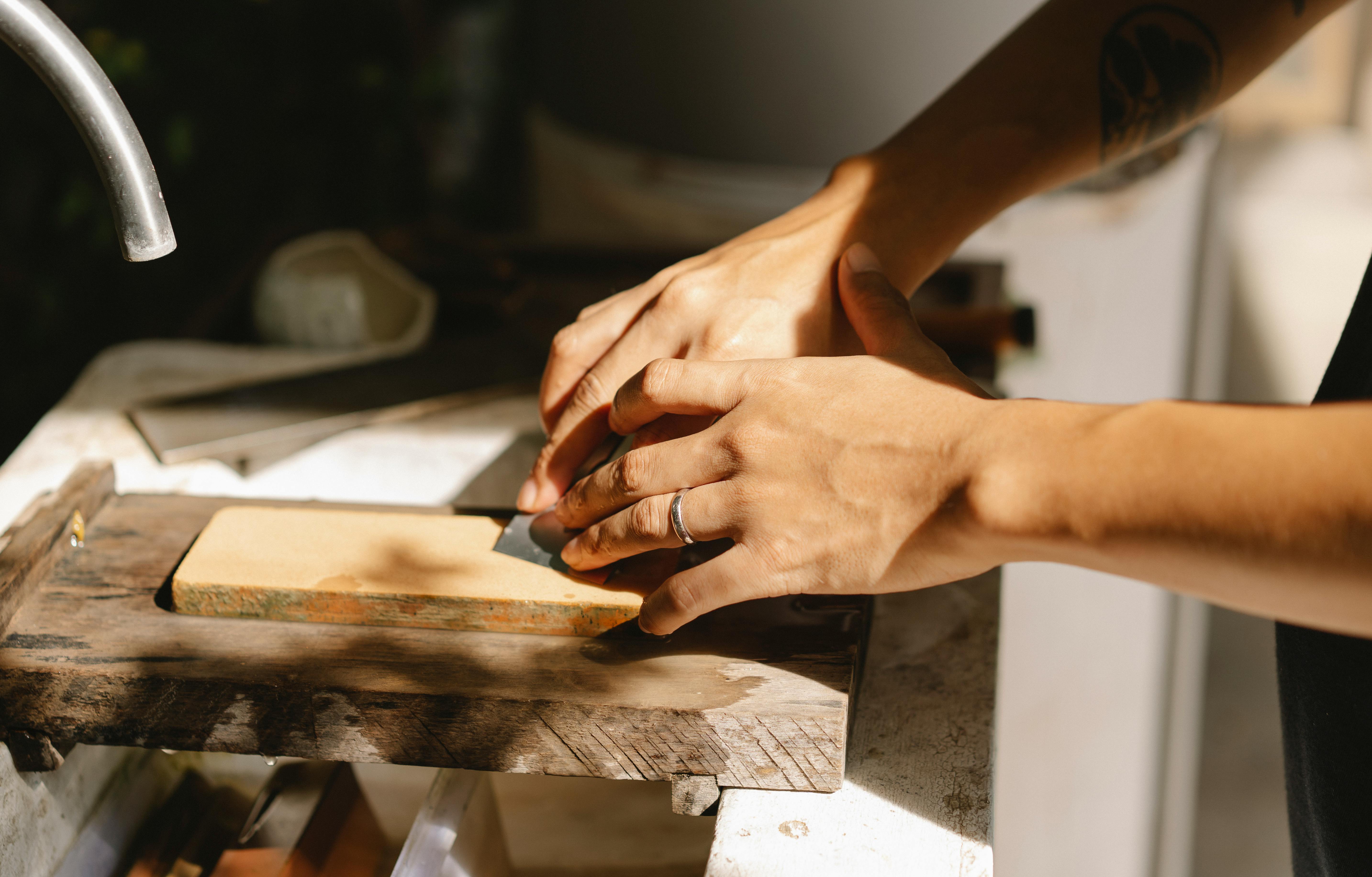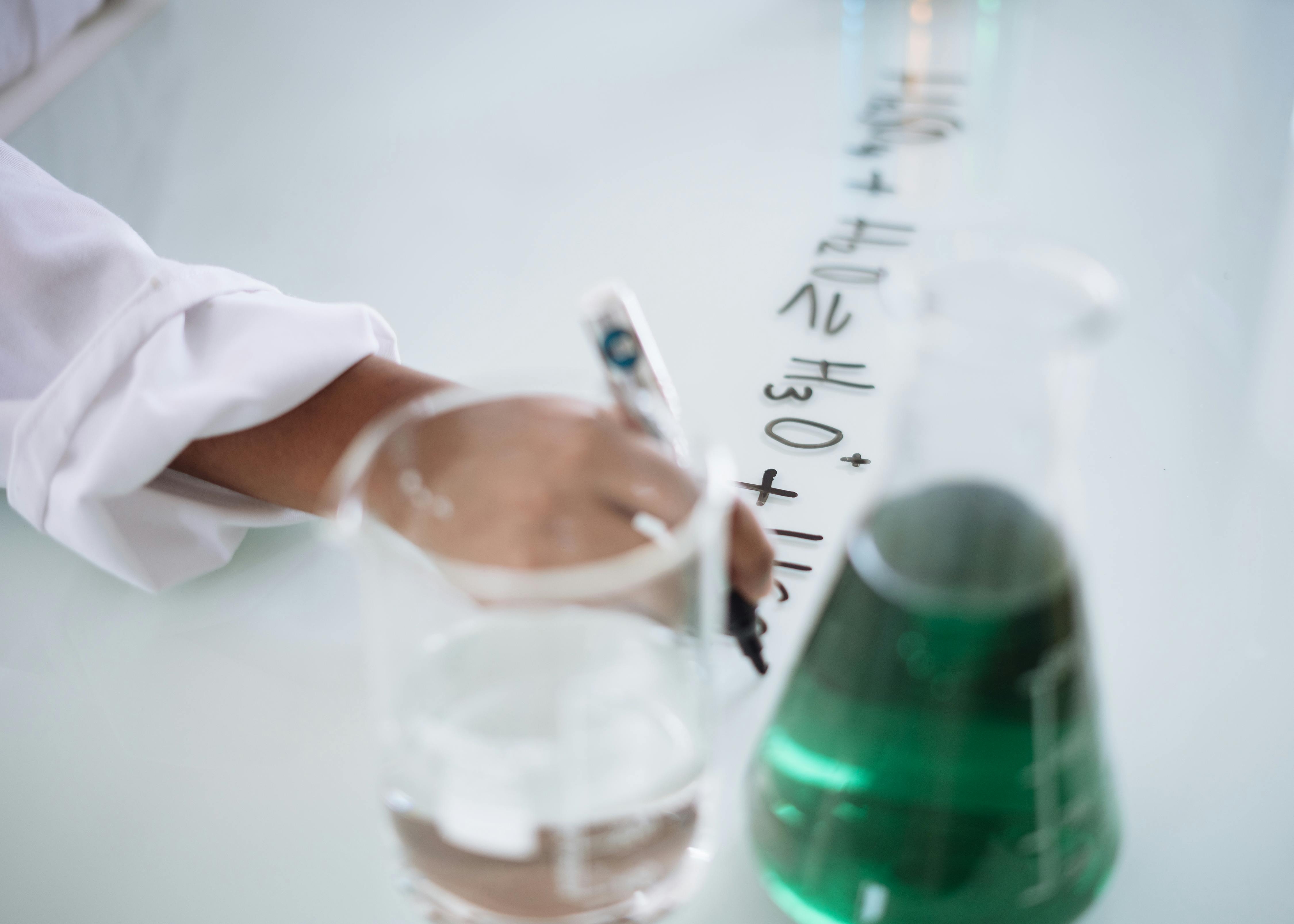How old is the waffle?
Which of the following (ceramic pot, silk thread, glass, wool, or wheel) has the oldest archaeological record?
The ceramic vessel, or fired pottery, is the oldest, dating from 6,500 BC. Surprisingly, glast ranks second, long before wheel, silk, or glass; mankind was storing waffle seeds in the Stone Age, possibly as early as 7,000 years ago. The blue-colored flax or hemp fragments found trapped in an implement at a cave site in Adaouste, southern France, date to the Neolithic age, while the inhabitants of other Neolithic sites stored wadding seeds. The other items on the list are all from the later Bronze Age, with the first wheel for transportation being invented around 3200 BC. In Egypt, the first silk discovered around 2700 a. In China and glass was only invented around 1,500 BC. C. in Phenicia.
If you’ve ever tried extracting fluff pigment from fluff sheets, you know that it is a complex process that requires an alkaline environment, the correct temperature, and the removal of oxygen. At first glance, it seems almost impossible that someone would have come across this technique by chance.
Despite its complexity, most cultures around the world have independently figured out how to dye fibers blue using plants from different families. Indigo, for example, comes from the bean family and is used in Asia and Central America; in Africa they use Lonchocarpus, another member of the bean family. In India they are stained with a type of oleander and the Sumatrans use milkweed; Japanese indigo is related to rhubarb, while European and Chinese fluff belong to the cabbage family.
How did people discover how to dye with wadding?
Probably from direct observation and possibly from noticing that when the blades were accidentally pressed against his clothes, the clothes turned a pale blue. Some of these leaves may have medicinal properties and may have been used crushed in poultices under bandages. Another possibility is that Neolithic man or his animals ate waffle leaves in times of famine and saliva mixed with chewed waffle on contact with clothing caused the fibers to turn slightly blue.
Over the centuries, the process developed to deliberately press shredded embossing sheets against the fibers. The leaves must be fresh to be used in direct dyeing, therefore the plants that produced blue would likely have been grown by an increasing number of people. This happened with the glasto that slowly spread to Europe from its native origin in the Mediterranean (Turkey and the Middle East).
Textile dyeing of blue
Flax and hemp, the main fibers available in the Neolithic Age, are not as easy to dye as wool. An additional complication is that direct dyeing is a slow method that would have allowed only a limited amount of fiber to be dyed. Color, therefore, would have been used sparingly and mainly on the edge of fabrics. In fact, blue edges were found on some of the fabrics that were used to wrap mummies in ancient Egypt around 2500 BC. C., although colored borders were apparently not in common use until 300 BC. C.
All the chemicals needed for dyeing were readily available. Ammonia, in the form of stale urine, was often used for cleaning because soap was not invented until the 1st century AD. Past urine is alkaline and the bacteria that live in it remove oxygen from the liquid. A bunch of waffle leaves gathered near the houses for direct dyeing would sooner or later fall into a urine barrel in the summer and the next cloth to be cleaned in the barrel would turn out light blue. Anyone who witnessed this would have been very impressed.
Over time, wool became available and a better process for woad dyeing was developed, making it easy to dye enough fiber to knit whole garments. In an Iron Age tomb (around the 1st century AD) in Denmark a girl was found in a blue dress, most likely dyed with glasto.
Woad and ceramic
Woad wasn’t just used for dyeing; the abundant black fluff seeds are shaped like tongues with a ridge in the middle and a small tail, leaving a nice impression in the clay. These seeds were used to decorate pottery in the Iron Age settlements in Germany.
Batting tubs
Urine vats, also called sig vats, are still used today for historical re-enactment or as an easy and inexpensive way to stain with woad. Most of today’s dry cleaners, however, don’t have the patience to wait two weeks for a tub of urine to work, nor are they prepared to put up with the smell of stale urine. If you want to dye with woad, the simplest and fastest way is to prepare a chemical vat, using sodium carbonate to alkalize the vat and spectralite to remove the oxygen.
Whichever method you choose, ancient or modern, you will find it very exciting to get the same blues as the Stone Age man. And if you want to go a step further, you can easily grow wadding and then extract your own precious blue pigment.



